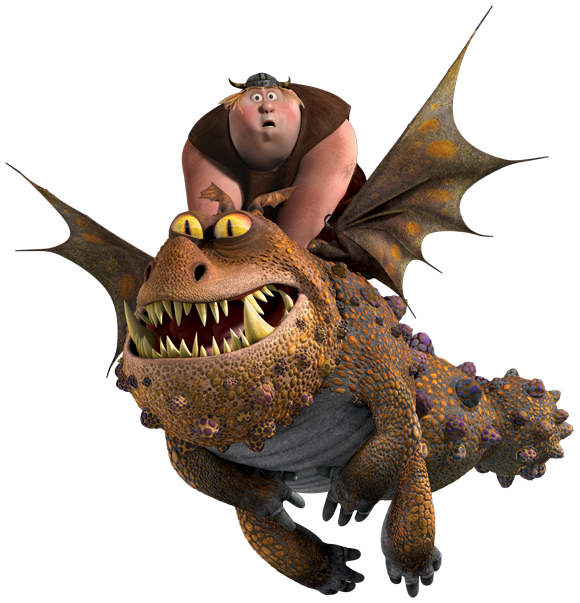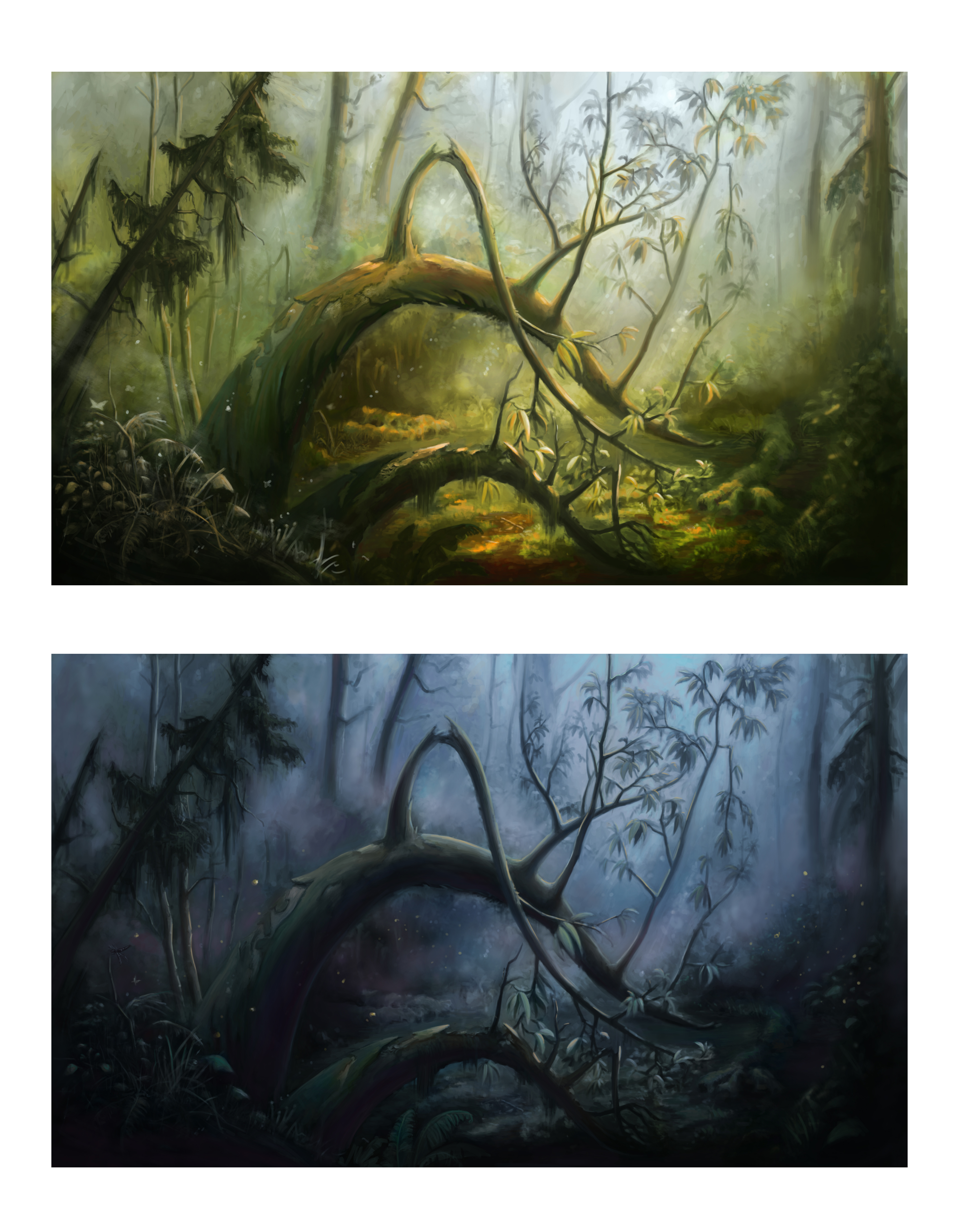
In
2010, DreamWorks Animation released an animated feature film titled How to Train Your Dragon, a story based
upon children’s author Cressida Cowell’s book series of the same name. Dreamwork’s
Dragons quickly became a success,
with its high-energy action and a lovable story, a timeless tale of boy and
dragon learning to understand one another. The film was an experience that put
us in Hiccup’s shoes, bringing us along for the ride as he and Toothless soared
through the air. However, that experience was heavily carried by the fact that,
despite the obviously fantastical elements of whimsical character design and
flying, fire-breathing dragons, much of the film was grounded in reality. How to Train Your Dragon achieved what
many other more cartoon-like animated films did not: make the fantasy feel real.
The test flight, one of the most iconic scenes in the movie.
Now,
before we talk about how the film utilizes physics to sell the reality of the
film, it first needs to be clarified that yes, How to Train Your Dragon is a highly stylized film with aspects
that clearly bypass the physics you would expect from reality, aside from the obvious
part that there are flying, fire-breathing dragons in the film. Most notably,
the film does this through its whimsical character design. Overall, the design
of most of the adult Viking characters are very large and bulky, and these burly
men and women seem to move at speeds that would be unexpected for people of
their sides. In contrast, most of the teen characters—with the exception of
Hiccup, who is portrayed as physically feeble—seem too skinny to pull off some
of the physical feats that they do. Now, the design that seems to epitomize
this crazy stylization of proportion would definitely have to be that of those
giant, flying heaps of meat known as the Gronkles. Don’t know what I mean?
Here, just take a good look at one of these guys:
 |
| Seriously, I have no idea how it even get itself in the air, much less when there is an overweight Viking on its back... |
Appropriately
called an “overgrown sausage” by ours truly Gobber the Belch, the Gronckle is a
large, heavy type of dragon with disproportionately large heads and bodies and
short, stubby appendages. Gronckles in the film are animated in a way that
makes them feel slow and heavy, yet they feature tiny wings that flutter around
in a bumblebee kind of way that clearly do not have the kind of surface area to
generate lift on their own. Now, some may argue that perhaps the gases
contained within the dragon help balance out the dragons’ density to allow for
buoyancy within the air, but let’s be honest here; the Gronckle’s design, in
all of its dorky charm, is so ridiculously un-aerodynamic that there is no way
anything that big and heavy could even hope to maintain a constant flying
status.
 |
| So majestic. So very, very majestic. |
We
can also use our protagonist, Hiccup Horrendous Haddock, as a stellar example
of the principles of inertia and force being accentuated through a character
design. Unlike the rest of his Viking counterparts, Hiccup is small, skinny,
and feeble, with his strengths lying in his innovation, empathy, and problem
solving skills. Throughout the film it is apparent that Hiccup struggles with
carrying heavier objects. At the beginning of the film in the forge, the mass
of weapons he is carrying is seen dragging Hiccup’s arms down due to his lack
of strength. The same could be said for when he carried a large basket of fish
to feed Toothless later in the film; as Hiccup is small and light, it is
required of him to use much more force to carry and move heavier objects. And just
as how the Gronckles are consistently portrayed as heavy and slow, Hiccup’s
physical impediment is kept consistent throughout the entire film.
Pay particular attention between 0:38-0:43 in the nuance in animation where it is apparent that Hiccup has to exert excess force to move the basket of fish.
Another part of what makes the film so believable is on how the dragons themselves adhere to rules of physics outside the improbability of their flying. One
aspect of the Dragons experience in
the film that was always very fascinating was the rules that were set up in an
almost video game-like fashion. The dragons themselves (at least in the first
film; the second film seems to deviate from this a little bit) strictly
followed very specific sets of physical rules. These were things like blind
spots, disorientation from loud noises, and shot limits. Now, the idea of a
shot limit is incredibly impressive under the consideration of believable
physics. Whereas blind spots and noise disorientation are rather thoughtful in
an anatomical sense, the shot limit respects conservation of mass. Unlike in more
fantastical settings, the dragons in this film cannot just summon an unlimited
amount of flames out of nowhere; they are only able to carry a finite amount of
fuel for their flame inside their bodies, and using up that fuel means no more
fire.
In
the end, the Dragons experience is
heavily carried by the consistently realistic aspects of the film that are
taken into consideration once the more fantastical aspects of the film are
established as fact through suspension of disbelief. It establishes a world
where dragons that can fly and breathe fire exist, then assumes that the rest
of the physical laws of the universe work in the same way that our world does.
Combine that with a touching coming-of-age tale of understanding the unknown
and a visceral adventure of soaring heights and you get a film experience that
can never be forgotten. How to Train Your
Dragon is definitely a film that takes the fantasy and make it seem real,
and it is for that reason that it will remain my favorite animated film for a
very long time.
 |
| "Forbidden Friendship" will always be one of my favorite movie scenes. Ever. |
NOTE: Because my original outline had way too much content, I ended up cutting a lot of material. I stuck with the same ideas but instead focused in on the Gronckle's improbably design for the first topic, consistent inertia and force with the Gronckle and Hiccup for the second, and the shot limit and conservation of mass for the third.







